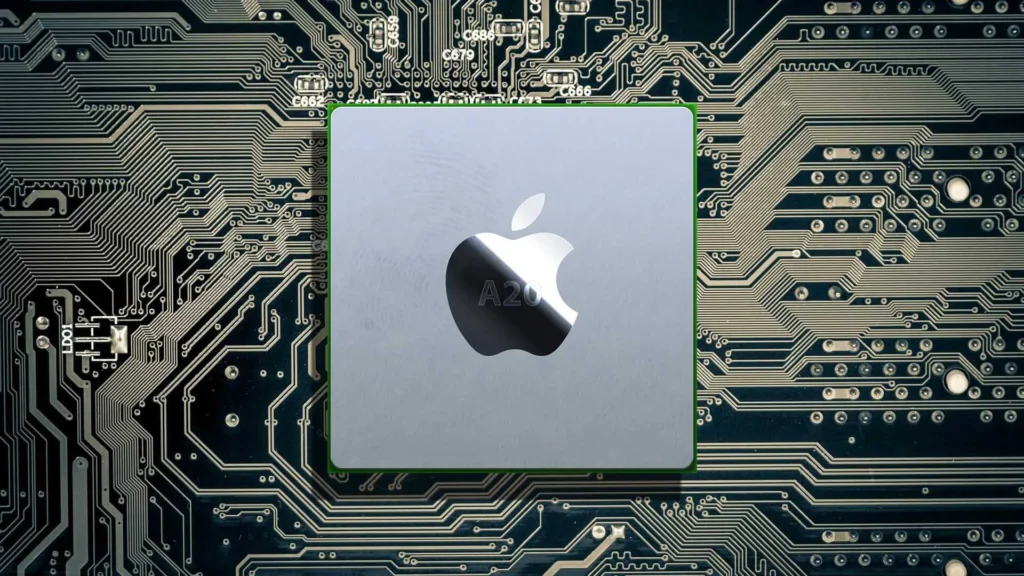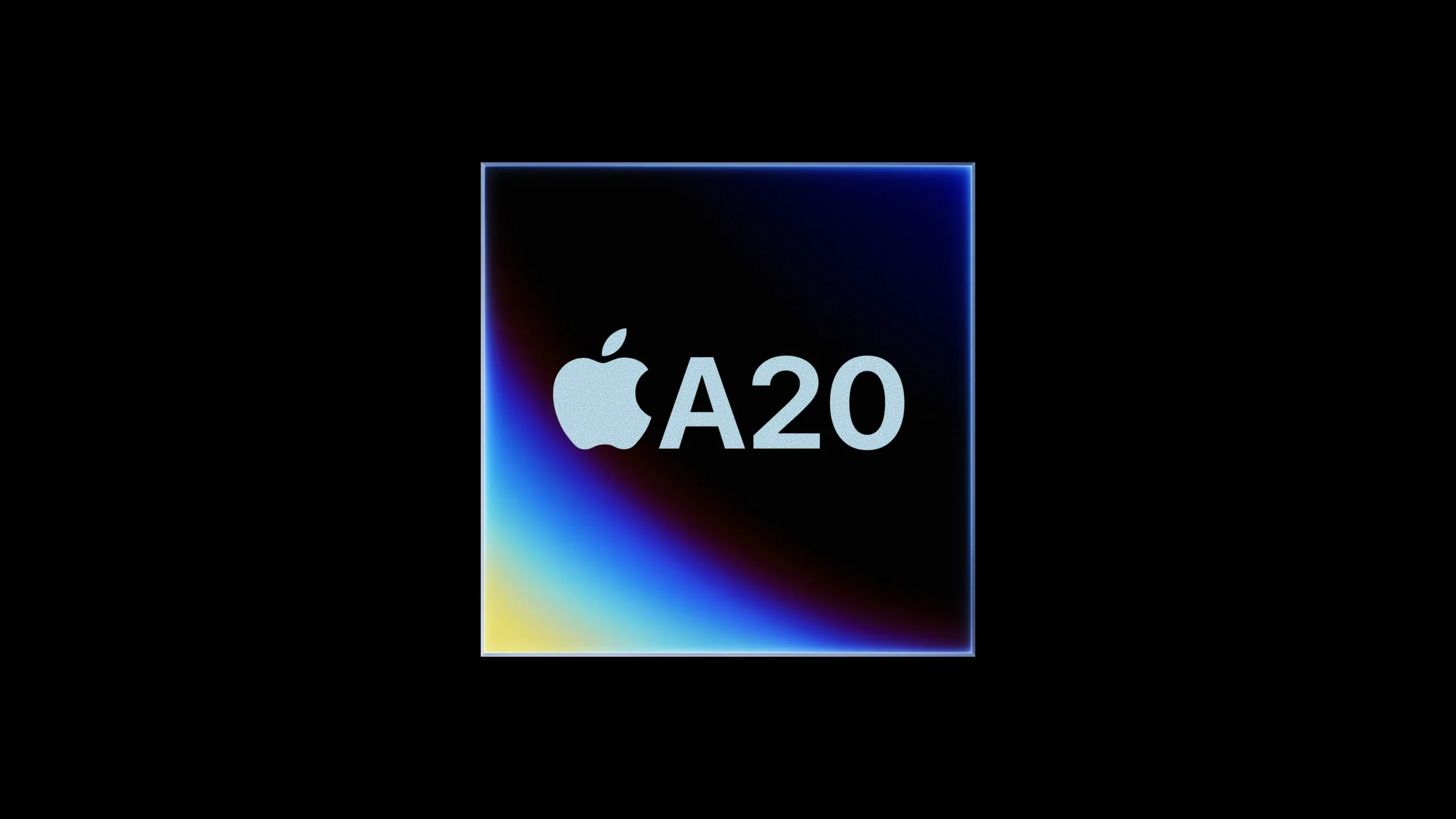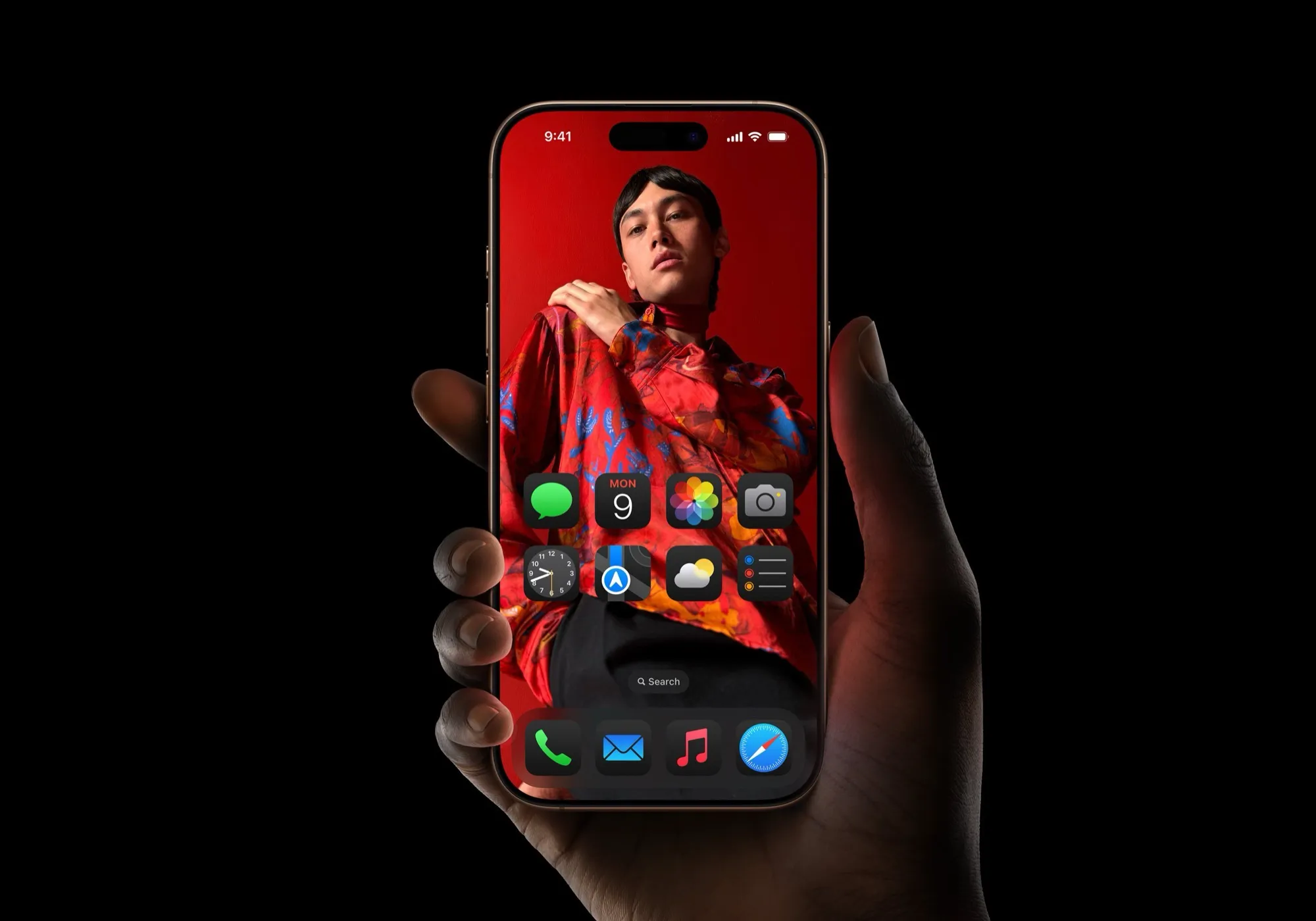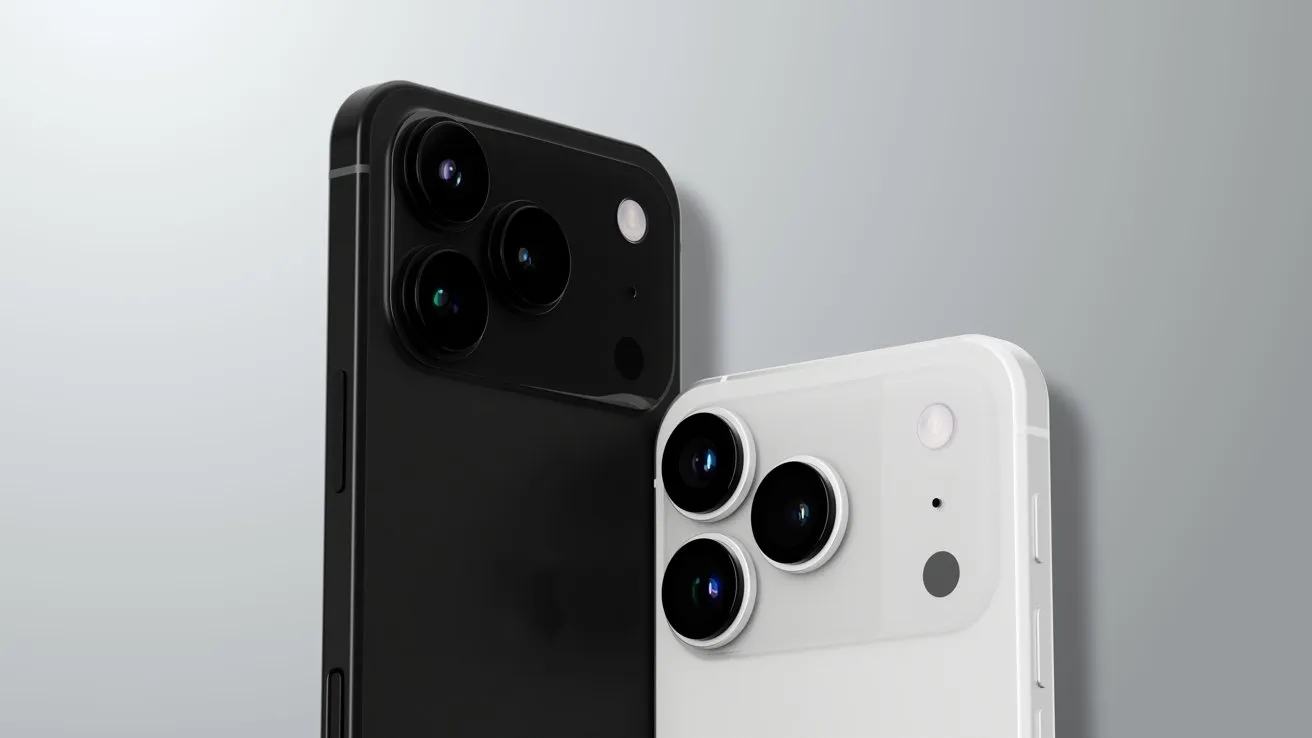
Apple is poised to shake up the smartphone world once again with its upcoming A20 chip, rumored to debut exclusively in the iPhone 18 Pro, iPhone 18 Pro Max, and a long-speculated foldable flagship device. This next-gen silicon isn’t just another yearly refresh—it represents a leap into the future, thanks to TSMC’s bleeding-edge 2nm process and Wafer-Level Multi-Chip Module (WMCM) packaging. But as always, Apple isn’t sharing the goods with everyone—only its most premium devices are getting this coveted hardware.
According to insiders from China Times, Apple has secured pole position in the race for TSMC’s 2nm wafers, setting the stage for a revolution in smartphone performance and efficiency. However, don’t expect to see this powerhouse in the more affordable iPhone 18 variants—Apple appears to be doubling down on hardware exclusivity as a core part of its luxury ecosystem play.

WMCM Packaging: The Secret Sauce Behind Apple’s A20
While terms like “WMCM packaging” may sound like jargon fit for chipheads, it’s actually a big deal—and Apple’s secret weapon in 2026. WMCM, or Wafer-Level Multi-Chip Module technology, enables Apple to combine multiple silicon dies (CPU, GPU, memory, etc.) at the wafer level. That means better integration, higher efficiency, and a much smaller physical footprint.
Here’s why that matters: instead of simply cranking up the clock speeds or adding more RAM (which Apple will not be doing this time around), the A20 is all about performance per watt—a critical metric that balances speed with battery life. Expect a 15% performance increase over the A19 without consuming more power, something industry analysts are already calling a potential game-changer.
“The efforts to bring WMCM packaging to the A20 will be highly beneficial for Apple… smaller chipsets that are considerably power-efficient, but also powerful at the same time,” reports China Times.
No RAM Upgrade? Apple Bets on Efficiency Over Size
Surprisingly, Apple seems content with keeping the RAM capped at 12GB, the same figure we see in current-gen Pro iPhones. For a company that’s always been stingy with RAM compared to Android rivals, this move signals confidence in the A20’s performance optimization.
Why stick with 12GB? According to the rumor mill, the company believes that the A20, combined with WMCM packaging, will handle multitasking and high-performance applications without needing a RAM boost. Apple’s software-hardware synergy—an ace up its sleeve for over a decade—continues to play a central role in this strategy.

Foldable Flagship: Apple’s Long-Awaited Answer to Galaxy Z Fold?
Perhaps the biggest twist in this story isn’t the A20 itself, but what it’s powering. Alongside the iPhone 18 Pro models, Apple is reportedly preparing to unveil a foldable iPhone—unofficially dubbed the “iPhone 18 Fold.” While foldable phones have been Samsung’s playground for years, Apple’s rumored entry could finally legitimize the category for the broader market.
The iPhone 18 Fold is expected to ship with the same A20 chip and WMCM enhancements, making it one of the most advanced mobile devices ever created—assuming Apple delivers on durability and user experience, two areas where foldables have struggled.
Chiayi AP7: The Heart of TSMC’s 2nm Revolution
Behind the scenes, TSMC is building out its Chiayi AP7 facility, which will play a pivotal role in the A20’s production. By the end of 2026, this site is expected to churn out 50,000 WMCM-packaged chips per month, a capacity designed with Apple’s elite-tier demand in mind.
While other OEMs will eventually benefit from this 2nm breakthrough, Apple is once again first to market—continuing a long-standing tradition of being TSMC’s most important customer when it comes to first-gen manufacturing processes.

What About the Regular iPhone 18 Models?
Here’s the catch—Apple seems unwilling to extend these benefits to the non-Pro models. It’s likely these devices will stick with older Integrated Fan-Out (InFo) packaging, a move that could help reduce production costs and protect margins, especially in a year when global smartphone demand is volatile.
That means users who want the absolute best that Apple has to offer—whether it’s top-tier performance, advanced cooling, or a foldable experience—will have to dig deeper into their wallets. Once again, Apple is setting a clear line between “good enough” and “industry-leading.”